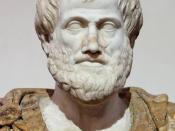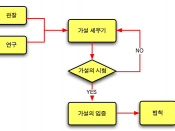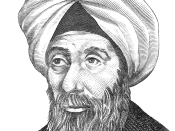In history as in all other areas of knowledge it is undoubtedly hard to reach specific certainties. In order to evaluate the conclusions, all ways of knowing are to be applied. The philosophy of history, or historiography, is to be addressed when evaluating these results. It is concerned with the concepts, methods and theories used in history: the study either of the historical process and its development or of the methods used by historians to understand their material.1
It has been said that both history and science are about finding the causes and effects of events: this is where the scientific method applies to reaching conclusions in history. On the contrary, it has been interpreted that history is about creativity an imagination: bias being an important problem facing an historian. Inevitably there has been the historians own individuality added to each piece of history he complies and as E.H.Carr
observed: 'Study the historian before you begin to study the facts'. If a historian is to combine a scientifically rigorous method with intuitive creativity, how close to certainty will his conclusions get?
By addressing the reliability of scientific method in providing certainties and truths it will help clarify how far the historian can be confident with his conclusions when adopting the 'rigour' of a scientist. The scientific method is based on observation, reason and experiment: here a conclusion reached will be based incidentally on reason. For historians this will be impossible to achieve because one cannot re-create a situation from the past. Scientists are able to use sense-perception, their sight for example, when observing an outcome of any experiment: they can see that gravity works because the apple falls. A historian can only employ this method with the use of probabilities, where probability is used to define what the historical...


